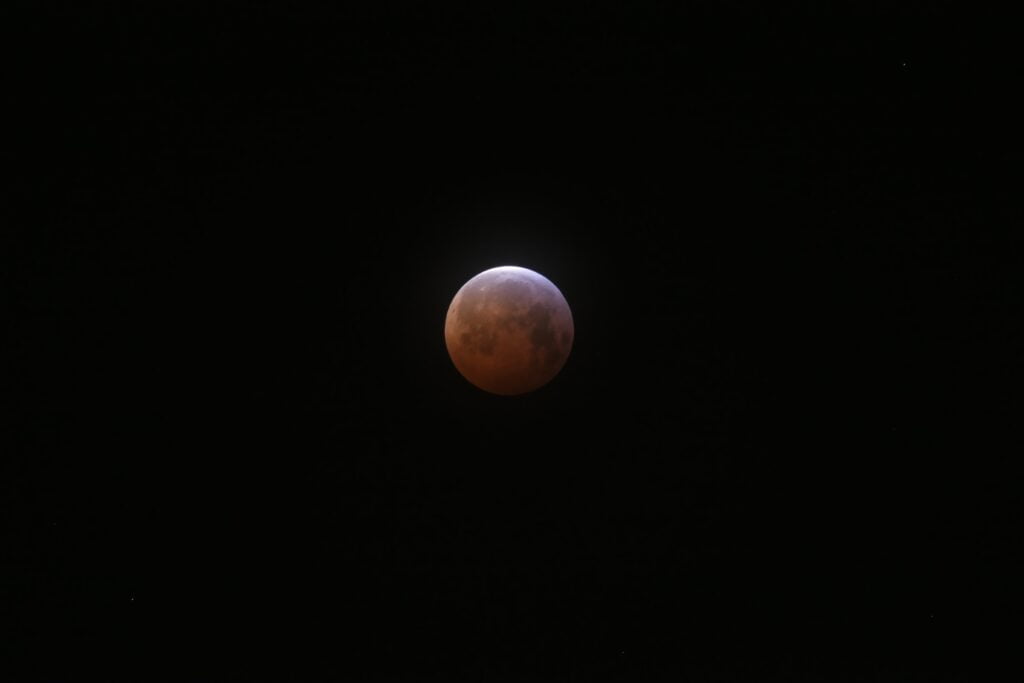A new study finds that spacecraft made of carbon foam bubbles will be able to go from Earth to Alpha Centauri in “just” 185 years, powered only by the sun's energy.
A swarm of these carbon foam probes (airbrushed to be precise) could speed up interstellar travel or help uncover and study the mysterious Planet X of our solar system, if it exists.

Conventional rockets driven by chemical reactions are currently the main form of space propulsion. However, they are nowhere near as efficient as reaching another star in a human lifetime.
For example, Alpha Centauri, the closest star system to Earth, is about 4,37 light-years away – more than 25,6 trillion miles (41,2 trillion kilometers), or about 276.000 times the distance from Earth in the sun. NASA's Voyager 1 space probe, launched in 1977 and in interstellar space since 2012, it would take about 75.000 years to reach Alpha Centauri if the probe was pointing in the right direction (which it IS NOT).
The problem? It is the propellant
All conventional spacecraft thrusters use a propellant. Long interstellar journeys require a lot of propellant, which makes spacecraft heavy (and therefore needing more propellant, and so on in a loop). A problem that becomes exponentially worse as the size increases, in short.
Traveling light
Previous research has therefore suggested that “light sailing” may be one of the few technically feasible methods of getting a probe to another star in a human lifetime.
While light doesn't apply much pressure, scientists have determined that the little it does apply could have a major effect. Indeed, numerous experiments have shown that “solar sails” can rely on sunlight for propulsion, given a large enough mirror and a light enough spacecraft.
Breakthrough Starshot: below with space butterflies
The initiative Breakthrough Starshot The $100 million project, announced in 2016, aims to launch swarms of microchip-sized spacecraft at Alpha Centauri, each with extraordinarily thin and incredibly reflective sails. The plan calls for these little “space butterflies” to fly at up to 20% of the speed of light, reaching Alpha Centauri in about 20 years.
One drawback of the Starshot project is that it requires the most powerful laser array ever built to push craft outward. Not only does the technology to build this array not currently exist, but the estimated total costs of the project to accelerate interstellar travel could be between $5 billion and $10 billion.
The alternative: carbon foam bubbles
In the new study, astrophysicists suggested that a cheaper option could include special “bubbles” made of carbon foam.
The researchers found that probes made of this material could make interstellar travel faster than any rocket, powered solely by sunlight, without the need for a giant laser.
To develop a way that sunlight can propel a light sail at useful interstellar speeds, the researchers analyzed previous scientific research in search of strong, lightweight materials.
They opted for airgraphite, a carbon foam that is 15.000 times lighter than aluminum.
The wonders of airbrushing
Scientists calculated that a hollow sphere of airgraphite about 1 meter in diameter with a shell 1 micron thick (about 1% of the width of an average human hair) would weigh just five millionths of a pound (2,3 milligrams).
If such a sphere with 0,035 ounces (1 gram) of payload were released about one astronomical unit (AU) from the sun, sunlight would push it at speeds of up to about 114.000 mph (183.600 kilometers per hour), three times that of Voyager 1.
(One AU is the mean Earth-Sun distance, which is approximately 93 million miles or 150 million km.)
Such a sphere would take just 3,9 years to reach Pluto's orbit.
If such a sphere were released about 0,04 Astronomical Units from the sun (closer than NASA's Parker solar probe) the more intense sunlight would accelerate the spacecraft to nearly 15,4 million mph (24,8 million kilometers per hour). ).
It could travel the 4,2 light-year distance between Earth and Proxima Centauri, the closest star to our solar system, in 185 years.

Traveling “in a bubble” among the stars
The larger the sphere, the faster it could go or the more payload it could carry.
What I find surprising about our results is the fact that the output power of a star, in our case the sun, can be used to push an interstellar probe to the nearest stars without the need for an additional power source on board.
Rene Heller, an astrophysicist at the Max Planck Institute for Solar System Research in Göttingen, Germany.
The researchers suggested that these spacecraft could potentially carry a 32-watt laser weighing just two thousandths of a pound (1 gram).
Despite its weight, this laser beam could help researchers detect gravitational effects. The latter in turn could help reveal the presence of worlds otherwise too dark and cold to detect, such as the hypothetical Planet X, Heller says.
Carbon foam bubbles: costs
Scientists have estimated that developing a prototype of carbon foam space bubbles could cost $ 1 million.
Each carbon foam spacecraft could then be built for around $ 1.000 or less. A launch to deploy and test these boats could cost around $ 10 million.
Carbon foam bubbles: what risks?
The biggest risk with this project now is that no one has ever built an airbrush structure larger than a few inches. And we need something that is a few meters long.
However, the researchers are in contact with experimenters who suggest that the creation of such large structures is possible in principle.
Another problem of no small importance is that of management. There is currently no way to control the trajectory of the bubbles once they have been deployed.
Martian delivery
If onboard electronics and equipment could allow active maneuvers, “it would be possible to transport small masses (1 to 100 grams) between Earth and Mars in a few weeks,” Heller says. The inhabitants of the colonie they might get that nice phone cover ordered on Amazon Mars
Researchers currently conduct experiments to test how well airgraphite absorbs and reflects light. They detailed their findings online last month in Astronomy & Astrophysics magazine.
In the future, in short, conventional rockets will carry carbon foam bubbles into space. And the sunlight will propel them among the stars.


